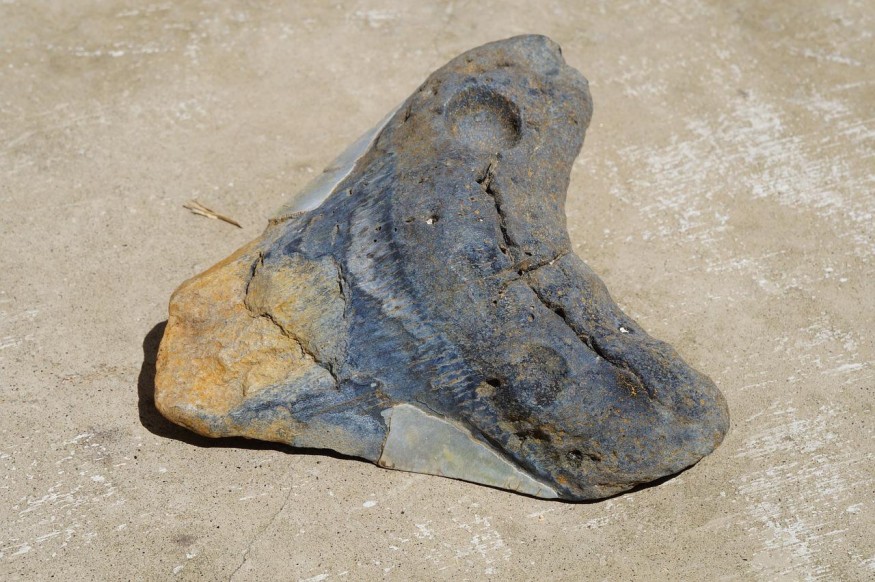Megalodon sharks lived between 23 and 3.6 million years ago in oceans all over the world and estimates suggest that they grew up to 20 meters in length. They are almost four times larger than great white sharks.
Previous studies have discussed various factors to explain its gigantic size and extinction. A new study looked at its diet and dietary competition, which are also considered to be key factors in learning more details about the enormous sea creatures. It is the first to study zinc isotopes found in fossilized shark teeth to understand their diet and dietary competition.

Analyzing Zinc Composition of Megalodon Teeth
An international team of researchers led by the Max Planck Institute for Evolutionary Anthropology in Leipzig, Germany, investigated the diet of megalodon sharks by looking at the zinc isotope composition of the mineralized part of their teeth.
According to Science Daily, the team analyzed dietary signatures in 13 extinct shark species from the Early Miocene era and Early Pliocene period and 20 modern sharks to identify their trophic level.
Professor Sora Kim from the University of California Merced explains that they noticed a coherence of zinc isotope signals in modern and extinct sharks. The findings suggest that there may be minimal differences in zinc isotope at the base of marine food webs.
Furthermore, an analysis of zinc isotope in megalodon teeth from Early Pliocene and Early Miocene, as well as modern great white sharks, showed their connection in past ecosystems and with each other. Professor Michael Griffiths said that the results show both the megalodon and its ancestors were apex predators that fed high up in their food chain.
However, the findings also show that zinc isotope values from extinct sharks found in North Carolina overlap with trophic levels of early great white sharks.
Dietary Competition Between Megalodon and Great White Sharks Could Have Driven Extinction
Griffiths, a geochemist, said that zinc isotopes could be used as ecological indicators to analyze trophic levels of species. For example, a megalodon will be at a higher position if it consumes great white sharks and this will be reflected in the isotopic record.
The study found an overlap between the two species, which suggests that they shared prey while co-existing. The competition could be one of the reasons megalodon, portrayed as super-sized and monstrous sharks, went extinct.
Researchers also noted that it is difficult to rule out megalodon preying on great white sharks due to its isotope values, CNN reported. The study further explained that feeding at the same trophic level does not mean direct competition as they could have preyed on different species. But the team did find an overlap in food items between megalodon and great white sharks.
Griffith told CNN via email that, like modern great white sharks, both likely fed on large fish. However, the smaller ones — in this case, the great white sharks — have the leverage because they do not need as much food as megalodons would. Thus, the great white sharks had the competitive advantage compared to megalodon when feeding on similar prey.
The research titled "Trophic position of Otodus megalodon and great white sharks through time revealed by zinc isotopes" was published in the journal Nature Communications.
RELATED ARTICLE: Evidence of Megatoothed Shark Attack on Whale 15 Million Years Ago Preserved in Ancient Tooth
Check out more news and information on Sharks in Science Times.
© 2026 ScienceTimes.com All rights reserved. Do not reproduce without permission. The window to the world of Science Times.











